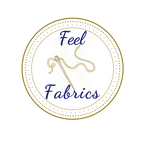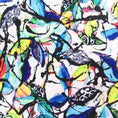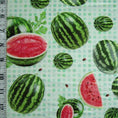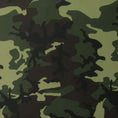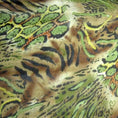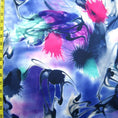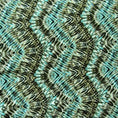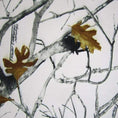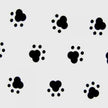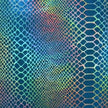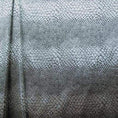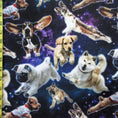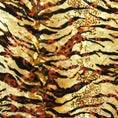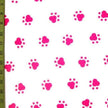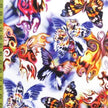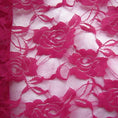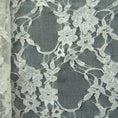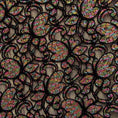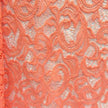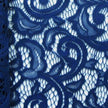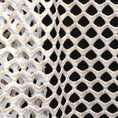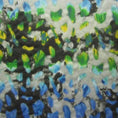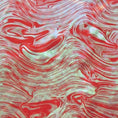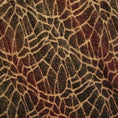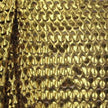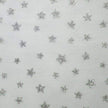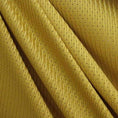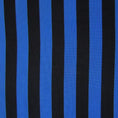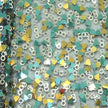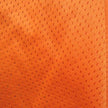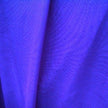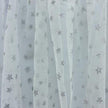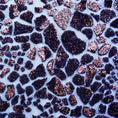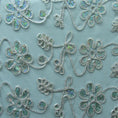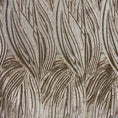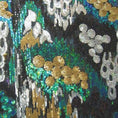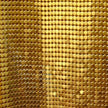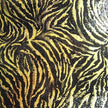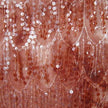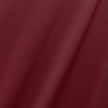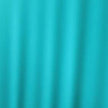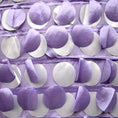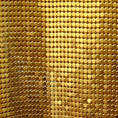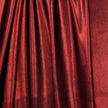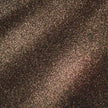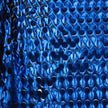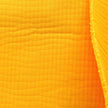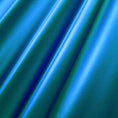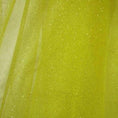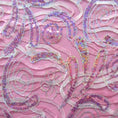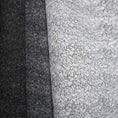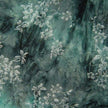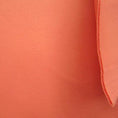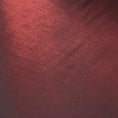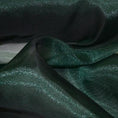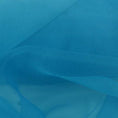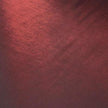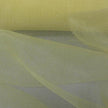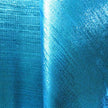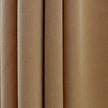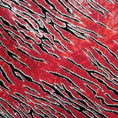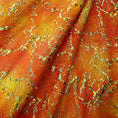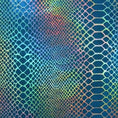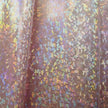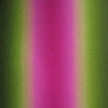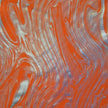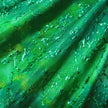- No products in the cart.
The Fundamental Spandex Manual: Part 1
05
Jun
Your choice of fabric can make or break your sewing project. With so many different fabrics available today, it can be tough to pick the right one for your application. Spandex, however, is a fairly ubiquitous fabric that's right for so many applications.
Whether you’re new to the world of sewing, a fashion designer or seamstress-in-chief, you won’t be disappointed using spandex. You can now find a decent selection in nearly every fabric store where you can buy spandex by the yard online.
What’s so fascinating about this figure-flattering fabric? We have it all in this complete guide dedicated to all things spandex. This article is the first of a 2-part series, where we’ll cover the spandex basics, it’s history, common types of spandex fabric, stretch types, and much more.
What’s Spandex?
Also called Lycra or elastane (especially outside of the US), spandex is a wildly popular synthetic fabric that is characterized by its flexibility and outstanding elasticity. This material can stretch up to 5 times its original length or even longer and still recover without losing its elasticity. Quite incredible, right?
Due to its multipurpose nature, spandex fabric is prevalent in dancewear, sportswear, activewear, costumes, and other clothing designed for performance, comfort or to hold the shape of the wearer.
Not just that -- spandex material is also quite supple, and holds dye well. It has found its way into the fashion industry where it’s used to whip up stunning-looking attire like clubwear, dresses, and dancewear.
The best thing is that spandex can be blended with a wide array of other fabrics, from cotton to printed fabric. It can also be kitted out with embellishments and decorations such as sequins, hologram, animal prints, metals, mesh, lace … the whole shebang! In fact, Lycra is never used on its own in the fabric arena.
The beauty of spandex fabric blends is that they preserve all the wonderful characteristics of the added fabric. Take cotton lycra, for instance. It’s stretchy, all while keeping the good properties of cotton fabric: absorbent, breathable, comfortable to touch, hypoallergenic, etc.
Depending on constituent materials, spandex can range in weight from lightweight to medium weight to heavyweight. Most stores offer something on the range, and you can purchase all of these different kinds of fabric by the yard.

Down to Chemistry
Chemically, spandex comprises a short-chain diisocyanate and several long-chain polyglycols. It contains a minimum of 85% polyurethane. The elasticity of spandex material is as a direct result of the chemical composition of these polymers.
In English: spandex is made of substances that allow it to stretch in multiple directions while always defaulting back to its normal shape.
History of Spandex
You can easily find spandex online these days, but its journey started long before the internet was ever conceived. It all started during WWII, when scientists were busy trying to find a cheaper, more available alternative to rubber. The price of natural rubber then was prohibitive, not to mention that the supply was intermittent.
While the first polyurethanes polymers were discovered in the 1940s, it wasn’t until the early 1950s that DuPont scientists, including Joseph C. Shivers, created the first nylon polymer in a bid to alter Dacron polyester.
The first thing scientists noticed is that the resultant fiber was not only stretchy/elastic but could also withstand high temp. Elsewhere, German polymer scientist, Farbenfabriken Bayer, was the first to produce spandex fibers in 1952.
Even still, it took another decade or so to perfect the process at DuPont, and that material came to be known as spandex. In 1959, DuPont went with the brand name Lycra for its invention.
Mass manufacturing of spandex began in 1962. By the 1980s, leggings, leotards and other activewear made from spandex were wildly popular, and soon the entertainment and fashion industries started incorporating the fabric into their products.
Main Types of Spandex Fabric
Spandex fabric comes in a variety of types, depending on the added fabric. Here are the most common types:

Cotton Spandex
As the name suggests, cotton spandex is a blend of cotton fabric and spandex, but mostly spandex (85% cotton + 15% spandex). Overall, spandex accounts for 3 to 5% of the fabric. It brings together the best of the two fabrics.
Thanks to cotton, this spandex fabric is comfortable, breathable, durable, easy to wear, and effortless to maintain. It’s also super-elastic thanks to spandex fibers. More specifically, this is a four-way stretch fabric that’s smooth, and typically used for dresses, skirts, and t-shirts.
Nylon Spandex
This is a blend of nylon and spandex (usually around 15%). It's drapey, lightweight, shrink/wrinkle resistant, and very strong due to the high concentration of nylon. Of course, this fabric is stretchy and flexible, flattering the figure of the wearer.
Nylon spandex is popularly used to make cycling shorts, lingerie, activewear, sports bras, swimwear and much more. Did you know that Tricot is a special kind of nylon spandex with a stretch of between 25% and 50%? It's best used for swimwear, gloves, and underwear.
Hologram Spandex
Hologram spandex is a very stretchy and colorful fabric that is commonly used to make costumes. It begins as a conventional spandex/lycra before holographic effects are created by printing a shiny or metallic color on top of it.
The fabric reflects on light and looks amazing in the club atmosphere (or anywhere with unique lighting). It’s not machine-washable and isn’t ideal for multi-use clothing, but it's a small price to pay for looking so good.

Printed Spandex
Like hologram spandex, this spandex fabric features print designs or patterns on the surface. It can have animal prints, food prints, tie-and-dye prints, floral prints, denim prints, camouflage prints, and so much more.
Spandex print fabric is a great choice for clubwear, dresses, costumes, and athletic wear. Printed spandex can be fun to use for kids' tights, as well as other clothing for youngsters - there are many fun options perfect for children of all ages!
Rayon Spandex
Rayon spandex combines comfortable and silk-like features of rayon, and fitting stretch of spandex. It’s smooth and has a good quality elasticity. Typically, it contains only 5% spandex - but that's enough to allow this fabric to be stretchy.

Spandex Stretch Types
Whether you buy spandex by the yard or in bulk, there are two stretch types of spandex you can expect: 2-way and 4-way stretch spandex.
2-Way Spandex - This is a spandex fabric that stretches only one way, either widthwise or lengthwise.
4-Way Spandex - This spandex type can stretch in all directions, both crosswise and lengthwise. It is a perfect fabric when you need absolute stretch in your project.
Stay tuned for the second part in our series, where we'll explore even more attributes and applications of Spandex, as well as how to incorporate it in your next project!
